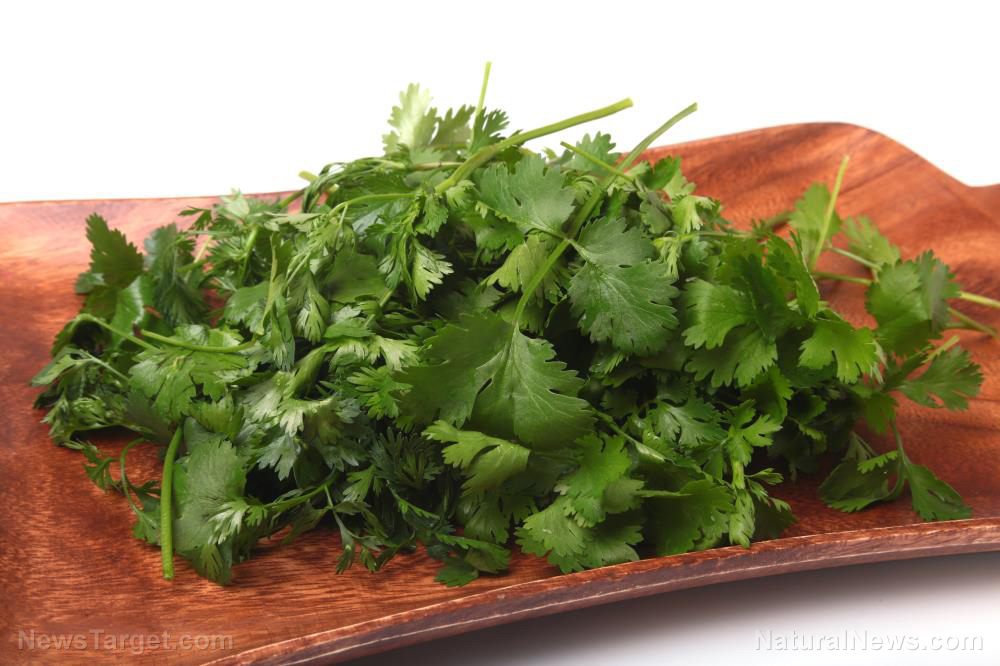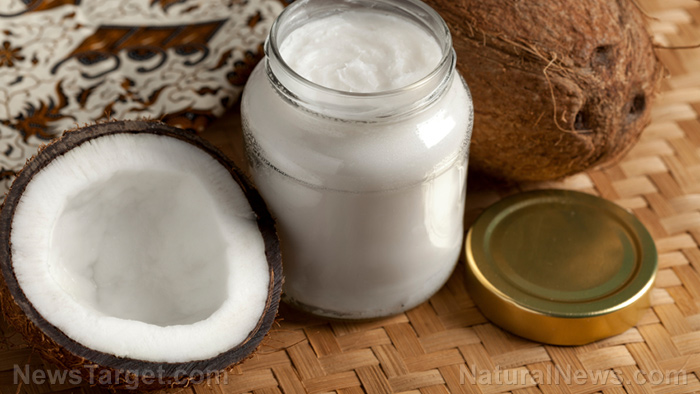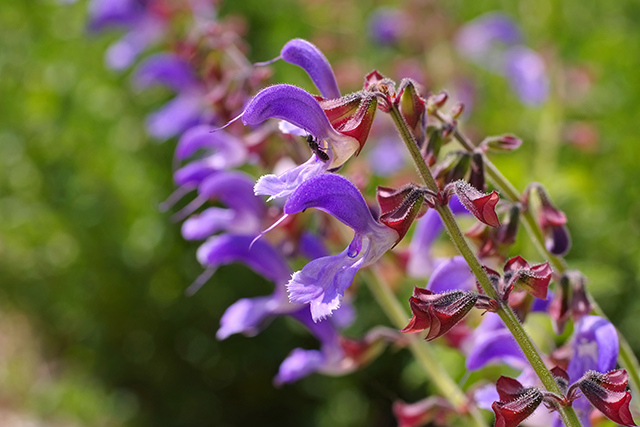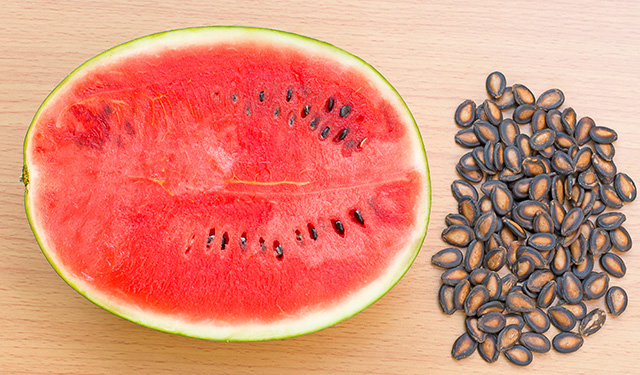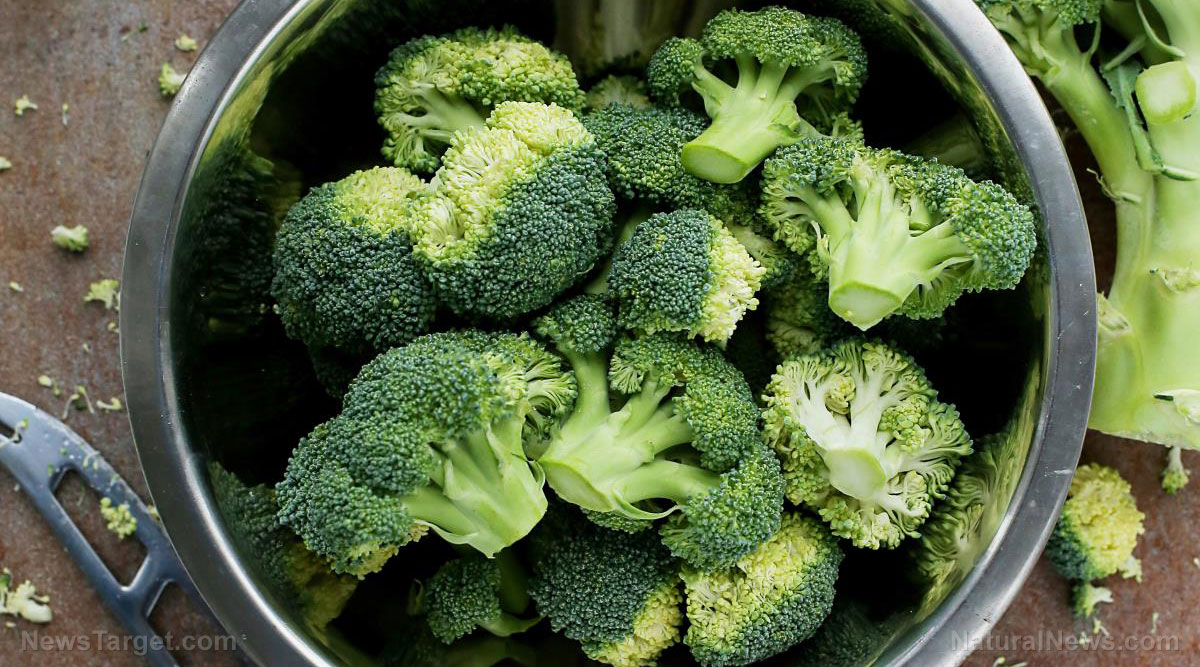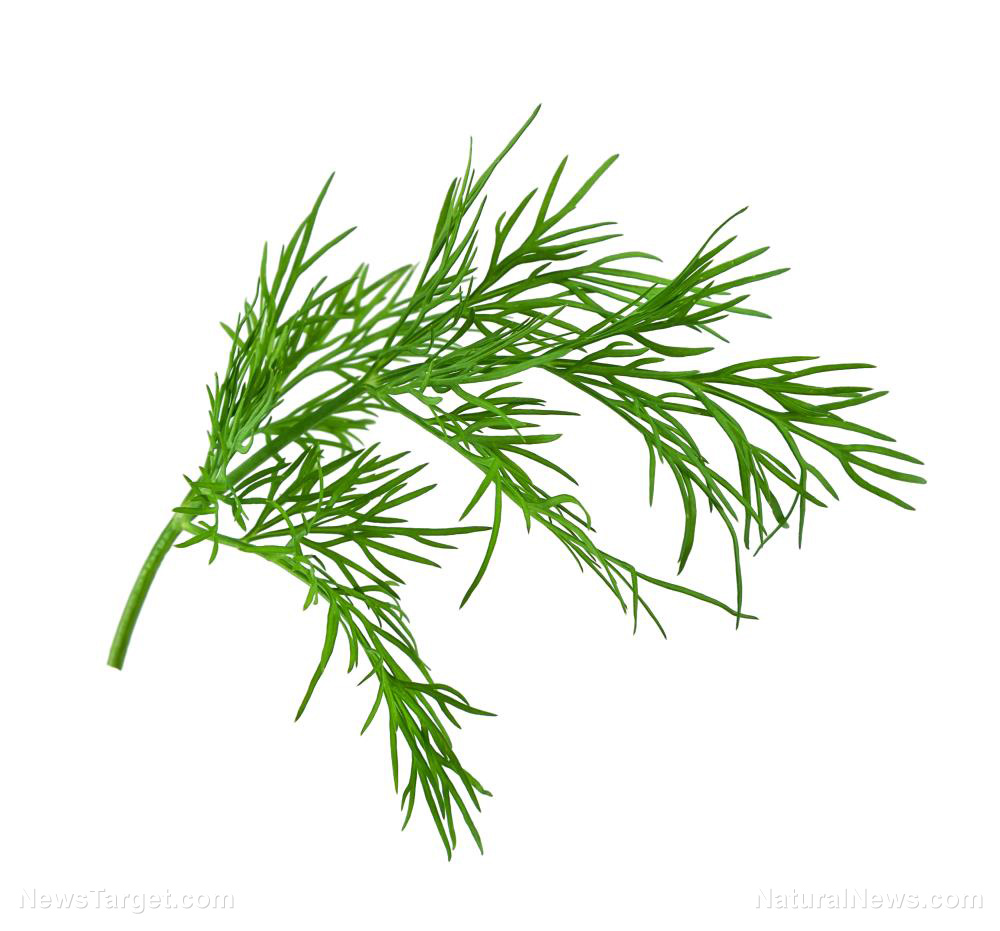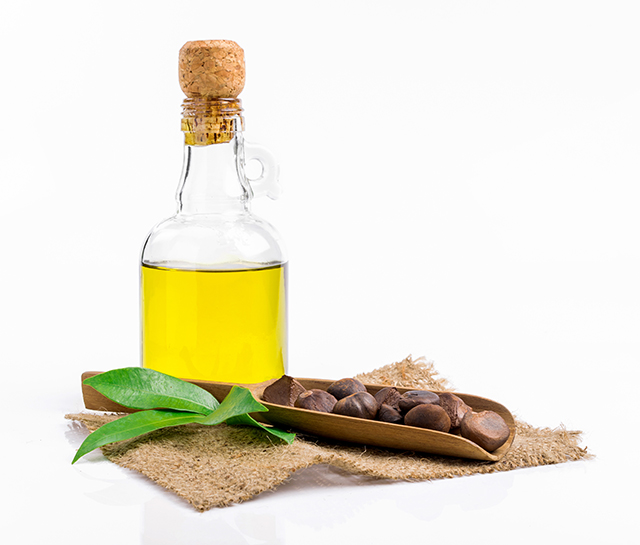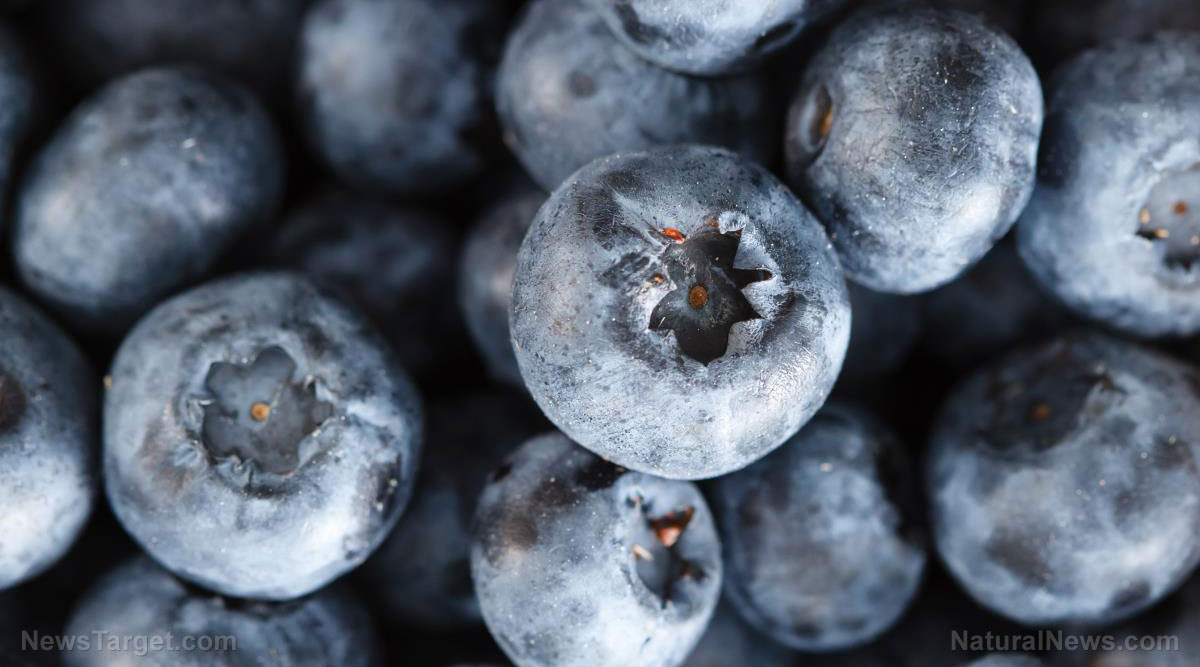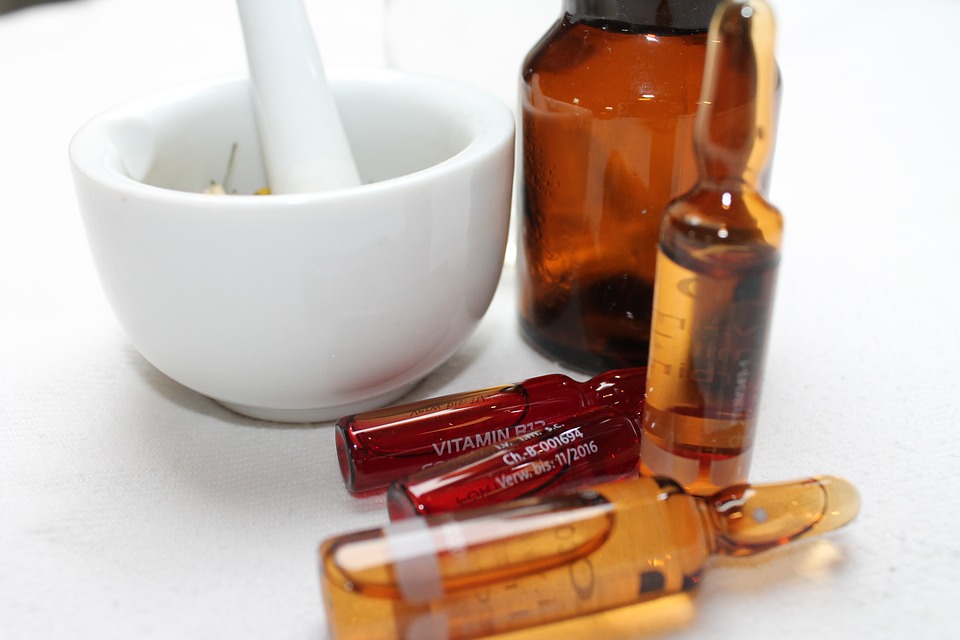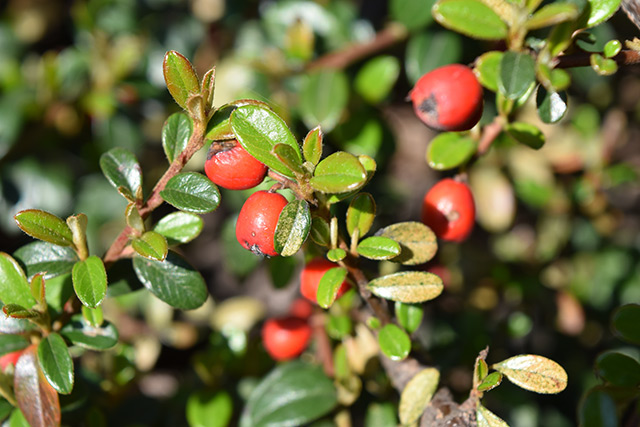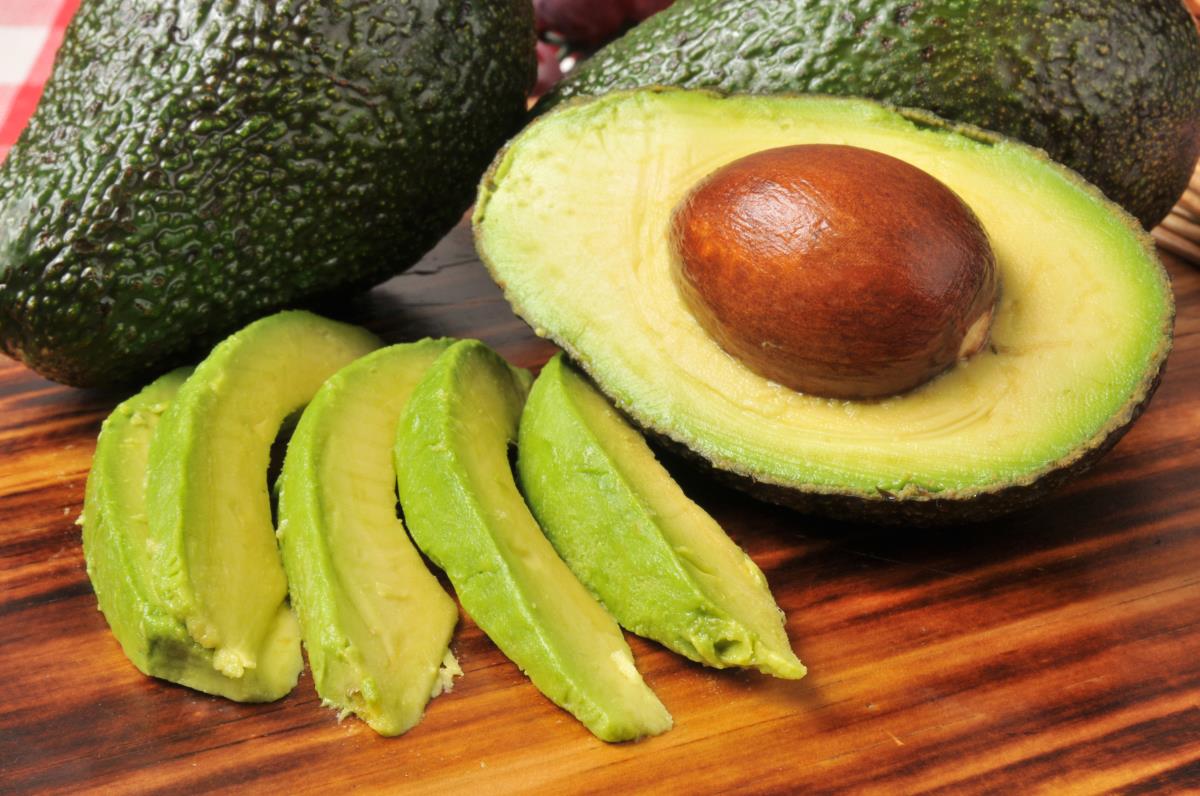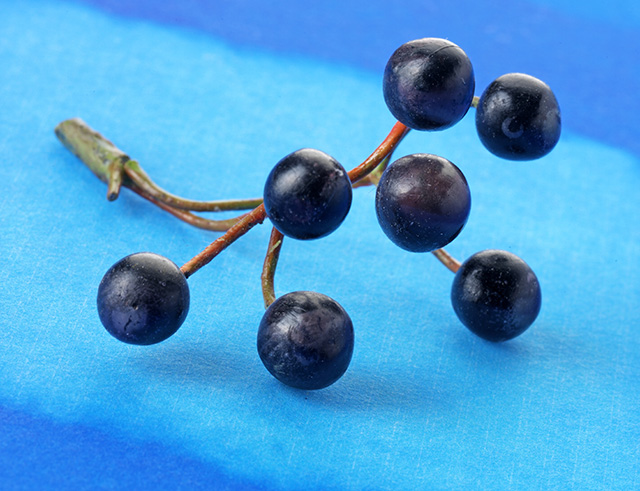Finger millet is a nutritional powerhouse: A review of the nutrients it offers
06/26/2018 / By Frances Bloomfield

Whenever the word “cereals” is mentioned, we tend to think of the basics: oats, barley, and rye. However, one type of cereal that isn’t thought of as often is millet, partly because it isn’t widely grown in the U.S. – millet is consumed more in the semi-arid continents of Asia and Africa.
While millet may not be as popular as other types of cereals, researchers from the G. B. Pant University of Agriculture and Technology have argued that it deserves more recognition because it is a nutritional powerhouse.
The investigative team focused on finger millet for their study. Of the different varieties of millet, they ranked it fourth in terms of importance. However, finger millet is unique compared to other millets, thanks to its five-layered seed coat or testa. This special coat is believed to be the reason why finger millet’s total dietary fiber content (19.1/100 g) is greater than that of quinoa (14.2/100 g) and wheat (12.1/100 g), and nearly on par with amaranth (20.6/100 g). In fact, the researchers estimated that finger millet is composed of 18 percent dietary fiber.
On top of dietary fiber, finger millet testa also has an impressive plethora of macronutrients and micronutrients. As per the study, every 100 g of finger millet is loaded with:
- Calcium (344 mg)
- Copper (0.47 mg)
- Iron (3.9 mg)
- Magnesium (137 mg)
- Manganese (5.49 mg)
- Phosphorus (283 mg)
- Potassium (408 mg)
- Vitamin B1 or Thiamine (0.42 mg)
- Vitamin B2 or Riboflavin (0.19 mg)
- Vitamin B3 or Niacin (1.1 mg)
- Zinc (2.3 mg)
And compared to other minor millets, finger millet is the one you can count on for essential and conditionally essential amino acids. A 100 g serving of finger millet will yield:
- Arginine (0.300 g)
- Cystine (0.140 g)
- Histidine (0.130 g)
- Isoleucine (0.400 g)
- Leucine (0.690 g)
- Lysine (0.220 g)
- Methionine (0.210 g)
- Phenylalanine (0.310 g)
- Threonine (0.240 g)
- Tryptophan (0.100 g)
- Tyrosine (0.220 g)
- Valine (0.480 g)
All these are in addition to finger millet’s noteworthy content of proteins, carbohydrates, phenolic compounds, tannins, and phytates. Thanks to this diverse array of nutrients, finger millet has an equally wide range of health benefits. These include but aren’t limited to “anti-diabetic, [antitumorigenic], anti-diarrheal, antiulcer, anti-inflammatory, atherosclerogenic effects, antioxidant and antimicrobial properties,” wrote the researchers. (Related: 10 Benefits to Eating Millet.)
They continued: “[Moreover], finger millet is also useful in management of various physiological disorders such as diabetes mellitus, hypertension, vascular fragility, hypercholesterolemia, prevention of oxidation of [low-density] lipoproteins (LDLs) and also improves gastrointestinal health.”
Finger millet is particularly good for diabetics and pre-diabetics. This is primarily because it has a considerable phenolic compound and dietary fiber content. Phenolic compounds have been under scrutiny for a while now due to their anti-diabetic potential. Dietary fiber doesn’t raise blood glucose levels, which makes this nutrient safe for people who currently struggle with or are on the cusp of diabetes. In fact, the researchers cited one study which concluded that eating finger millet on a regular basis can reduce fasting glucose by 32 percent and insulin resistance by 43 percent.
Additionally, finger millet has ragi bifunctional inhibitors (RBI). This monomeric protein has been the subject of great interest for one major reason: it can inhibit the activity of K562 chronic myeloid leukemia. This specific form of leukemia is “characterized by [an] increased and unregulated growth of myeloid cells in the bone marrow leading to their accumulation in the blood.” Conventional treatments have proven ineffective against this disease, but not so with finger millet.
Based on their findings and reviews of previous studies, the researchers deemed finger millet to be an “important ingredient of dietary and nutritional balanced foods.” The dietary fiber, polyphenols, and numerous other nutrients can provide health benefits that aren’t just limited to its anti-diabetic and anti-carcinogenic actions.
Those who’d like to give finger millet a try may opt for whole meal-based finger millet products. These still contain the testa, which contains most of the important nutrients.
Visit FoodScience.news to read up on more studies on millet and other cereals.
Sources include:
Tagged Under: cereals, dietary fiber, finger millet, food, food news, food science, functional foods, health benefits, nutraceutical, nutrition, organics, phytonutrients

